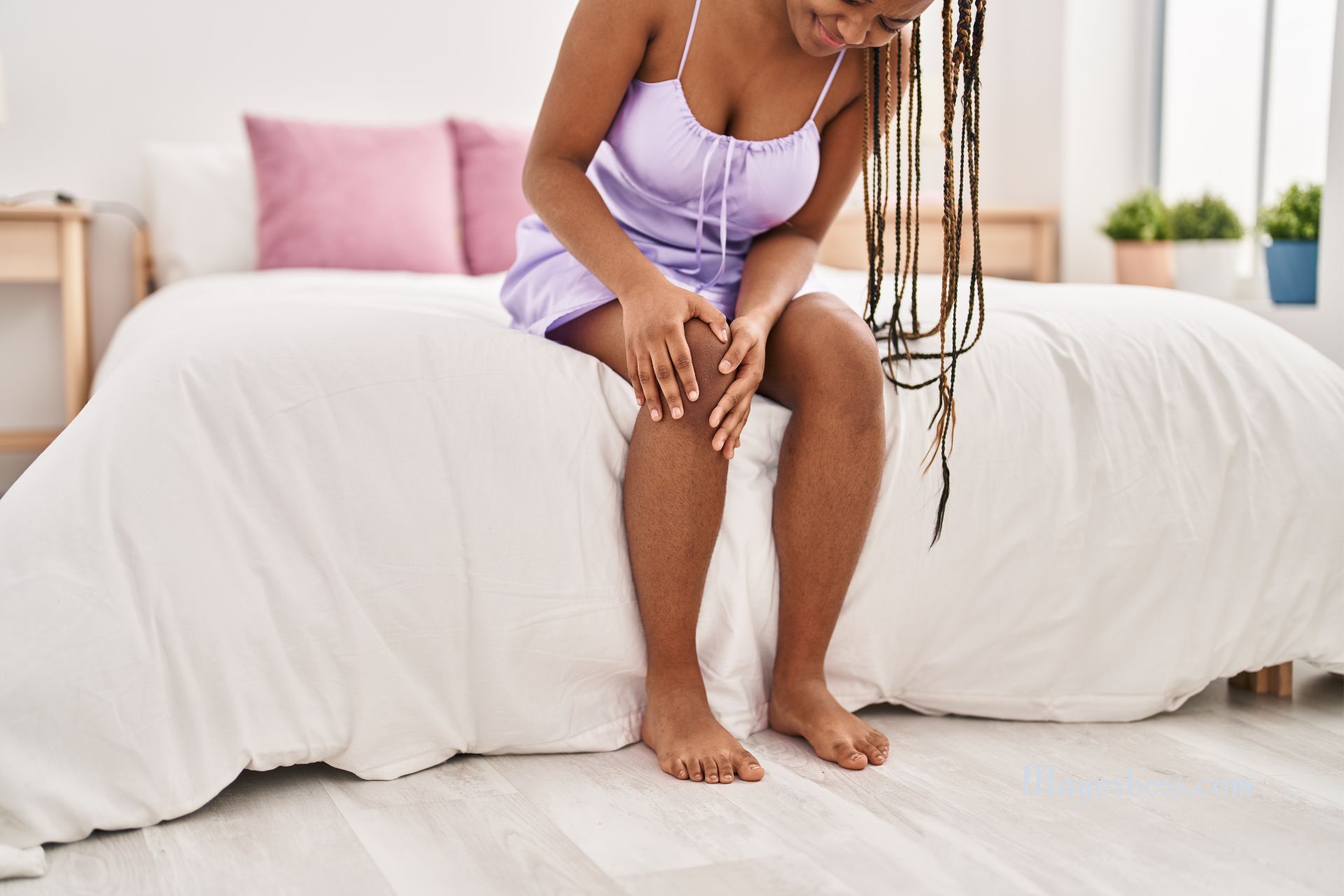4 Warning Signs of Poor Circulation in Your Legs (Don’t Ignore!)
We all know how important it is to keep our bodies in good shape, but have you ever stopped to think about your blood circulation? Especially in your legs? When your blood isn’t flowing the way it should, it can lead to some real problems. If your legs aren’t getting the blood they need, you might start noticing some signs that are easy to overlook—but you definitely shouldn’t.
Scroll through below to learn about the four critical warning signs that your legs might be struggling with poor circulation and why you shouldn’t brush them off.

That Numb or Tingly Feeling in Your Legs Could Be a Sign of Poor Circulation
You know that “pins and needles” feeling when your leg falls asleep? It’s annoying, right? But what if it keeps happening for no good reason? If you’re experiencing frequent numbness or tingling in your legs, it could be a sign that your blood isn’t flowing properly. When blood flow slows down, your nerves can start to get a bit starved of oxygen and nutrients, leading to that weird sensation.
And here’s the thing—if you’re dealing with this regularly, it might be more than just an annoyance. Doctors say it could be linked to peripheral artery disease (PAD), which is when your arteries get narrow and cut down on the blood that’s supposed to be reaching your legs. If this sounds familiar, it might be time to talk with your doctor.
Swelling in Your Legs Might Mean Your Blood Isn’t Moving Like It Should
Have you ever looked down at your legs at the end of a long day and thought, “Wow, my legs are really swollen”? Swelling, or what doctors call edema, can be another red flag that your blood isn’t circulating the way it should. When your blood gets stuck and starts pooling in your legs, swelling is usually the result. It’s uncomfortable and can sometimes be downright painful.
You might notice your legs are more swollen after sitting or standing for a long time. If your shoes feel tighter or you see marks on your skin from your socks at the end of the day, it’s a sign your legs might be holding onto too much fluid. And here’s a tip from doctors—if you ever feel this swelling along with shortness of breath or chest pain, don’t wait. Get in touch with your doctor right away.
Cramps or Aches in Your Legs Could Be More Than Just Overexertion
We all get leg cramps from time to time, especially if we’ve been on our feet a lot or just overdid it at the gym. But if you’re getting cramps or aches in your legs regularly, especially when you’re just walking or doing other everyday activities, it might be your body’s way of telling you something’s up with your circulation.
When your muscles aren’t getting enough blood, they don’t get the oxygen they need, which can cause pain or cramping. The National Library of Medicine points out that this condition, called claudication, is often linked to peripheral artery disease (PAD). If your legs start to hurt when you’re moving and the pain eases when you rest, it’s definitely worth bringing up with your doctor.
If Your Skin Looks Discolored or Feels Cold, It Might Be Due to Poor Circulation
Your skin can be a pretty good indicator of what’s going on inside your body. If your legs or feet are constantly cold to the touch or look pale, blue, or even purple, that could be a sign that your blood isn’t circulating properly. This happens because your blood isn’t moving enough to keep your skin warm and healthy-looking.
You might also notice your skin changing texture—becoming dry or shiny, for example. And if you have any sores on your legs that are taking forever to heal, it’s definitely time to get that checked out. Research shows that catching circulation issues early can help you avoid bigger problems later on.
When to Talk to Your Doctor
If any of these signs sound familiar, don’t ignore them. Poor circulation in your legs isn’t something to brush off—it can lead to more serious health issues if you don’t address it. The good news is that there are plenty of things you can do to help improve your circulation, like staying active, eating better, and avoiding long stretches of sitting or standing.
I recommend that if you’re worried about your leg health, the best thing you can do is make an appointment with your doctor. They can help you figure out what’s actually going on and what you can do about it.
